RESURRECTING POMPEII
Pompeii has been continuously excavated and studied since 1748. Early scholars working there and in other sites associated with the AD 79 eruption of Mount Vesuvius were seduced by the wealth of artefacts and wall paintings yielded by the site, meaning that the less visually attractive evidence, such as human skeletal remains, was largely ignored, and its archaeological value unrecognized and compromised.
A number of skeletons were used as props for vignettes of the tragic last moments of the victims, made to impress dignitaries visiting the site. They were also used to creatively reconstruct the lives of the victims in literary works, such as Edward Bulwer-Lyttons 1834 novel The Last Days of Pompeii , where the skeletal evidence is presented through storytelling with a thin veneer of science. This work in particular has had a profound influence and has driven the agenda of many Pompeian and Campanian skeletal studies into the twentyfirst century.
Recognizing the important contribution of the human skeletal evidence to the archaeology of Pompeii and studying the reasons for the scientific neglect of the human remains, Resurrecting Pompeii provides detailed information about what the skeletal record can actually provide. Estelle Lazer demonstrates that the biological evidence does not support the detail of the stories that have been told to date, but it does yield tantalizing glimpses into the lives and deaths of the victims, providing students of archaeology and history with an essential resource in the study of this fascinating historical event.
Estelle Lazer is an Honorary Research Associate at the University of Sydney. Her research interests include forensic archaeology and Antarctic cultural heritage management. She has spent seven field seasons working on the human skeletal remains at Pompeii.

Frontispiece With apologies to Vesalius adapted from Vesalius first book of the De Humani Corporis Fabrica c. 1543 (Reproduced in Saunders and OMalley, 1982, 85).
RESURRECTING POMPEII
Estelle Lazer
First published 2009
by Routledge
2 Park Square, Milton Park, Abingdon, Oxon OX14 4RN
Simultaneously published in the USA and Canada by Routledge
270 Madison Ave, New York, NY 10016
Routledge is an imprint of the Taylor & Francis Group, an informa business This edition published in the Taylor & Francis e-Library, 2009.
To purchase your own copy of this or any of Taylor & Francis or Routledges collection of thousands of eBooks please go to www.eBookstore.tandf.co.uk. 2009 Estelle Lazer
All rights reserved. No part of this book may be reprinted or reproduced or utilized in any form or by any electronic, mechanical, or other means, now known or hereafter invented, including photocopying and recording, or in any information storage or retrieval system, without permission in writing from the publishers.
British Library Cataloguing in Publication Data A catalogue record for this book is available from the British Library
Library of Congress Cataloging in Publication Data
Lazer, Estelle.
Resurrecting Pompeii / Estelle Lazer.
p. cm.
Includes bibliographical references and index.
1. Pompeii (Extinct city) 2. Excavations (Archaeology)ItalyPompeii (Extinct city) 3. Human remains (Archaeology)ItalyPompeii (Extinct city) 4. Naples Region (Italy)Antiquities. I. Title.
DG70.P7L39 2008
937'.7256807dc22
2008047753
ISBN 0-203-88516-3 Master e-book ISBN ISBN13: 978-0-415-26146-3 (hbk) ISBN13: 978-0-203-88516-1 (ebk)
FOR RUTH, ASHER, CAROL, SIMON, JENNIFER, MEGAN AND SUZANNE
List of fi gures
Introduction: Making sense of death
PART I
The last days of Pompeii
1 Skeletons as artefacts
2 An Egyptian interlude
3 An anthropological resource
4 Context of a mass disaster
PART II
The victims
5 The nature of the evidence
6 Attribution of sex
7 Determination of age-at-death
9 The population
vii 10 The casts
11 Making sense
Glossary
Appendix 1: Historical overview of excavations in Campania
Appendix 2: Terms associated with anatomical orientation
Appendix 3: Diagrams
Notes
Bibliography
Index
viii
FIGURES
Note that photographs and drawings are by the author, unless otherwise stated.
Frontispiece: With apologies to Vesalius adapted from Vesalius first book of the De Humani Corporis Fabrica c. 1543 (Reproduced in Saunders and OMalley, 1982, 85) ii
1.1 Fugitives from the Casa di Stabianus in Region 1, Insula 22, found in the ash layer above the lapilli of the first
eruption phase 10
1.2 Detail of skeletons displayed in Room 19, Casa del Menandro (I, x, 4). Note the bronze lantern and the reconstructed wooden shafts of the pick and hoe 11
1.3 Skeletons displayed in Room 19, Casa del Menandro (I, x, 4) 13
1.4 Illustration by Lancelot Speed from an 1897 edition of The Last Days of Pompeii by Edward Bulwer-Lytton 16
1.5 Illustration by Lancelot Speed of a priest from the Temple of Isis from an 1897 edition of The Last Days of Pompeii by Edward Bulwer-Lytton 17
1.6 Illustration by Lancelot Speed of the main protagonists of The Last Days of Pompeii by Edward Bulwer-Lytton 20
1.7 Illustration by Clrice Frres from a French edition of
The Last Days of Pompeii , published in 1936 21
3.1 Illustration of the Pompeian Type as identified by Nicolucci from Pompeian wall paintings 53
4.1 Detail of one of the fugitives from the Casa di Stabianus (I, xxii), demonstrating the stratigraphy with the victim clearly situated in the ash layer above the lapilli of the first
eruption phase 86
4.2 Cast of the so-called Lady of Oplontis, which displays a pugilistic pose 88
4.3 The pose of this cast from the Orto dei Fuggiaschi (Garden of the Fugitives) (I, xxi) has been interpreted as an example of cadaveric spasm 89
5.1 Human skeletal remains stored in the Terme del Sarno
(VII, ii, 17) as they appeared in 1987 101
5.2 Box of bone hinges stored in Pompeii 105
5.3 Sorted piles of bones in the Terme del Sarno (VII, ii, 17) 108
5.4 V-scores for glabello-occipital length 112
5.5 V-scores for maximum frontal breadth 113
5.6 V-scores for bizygomatic breadth 114
6.1 Frequency histogram showing sex attribution based on the ventral arc 124
6.2 Frequency histogram of the factor scores for the first
principal component of the pelvic non-metric traits used for the determination of sex 124
6.3 Frequency histogram of sex attribution based on the
auricular area 125
6.4 Frequency histogram of the non-standardized factor scores of the humerus measurements 127
6.5 Frequency histogram of the maximum length of the femur 128
6.6 Scattergram of the two sex indices for non-metric
skull features 129
6.7 Frequency histogram of the factor scores of the first principal component identified from analysis of the observations from the mandible for the determination of sex 132
7.1 Sex separated SucheyBrooks scores for the Pompeian
adult sample 146
7.2 Estimated adult age-at-death based on ectocranial lateralanterior suture closure scores (EctsutA) 147
7.3 Estimated adult age-at-death based on ectocranial vault suture closure scores (EctsutB) 148
7.4 Maxilla of an individual (NS 86: 1), who was excavated in 1986, displaying severe tooth attrition 150
7.5 Mandible of the same individual (TF NS 86: 1), showing severe tooth attrition 151
7.6 Basalt mill for grinding flour 151
8.1 Large sinus for abscess drainage (TF NS 86: 1). This abscess formed as a result of severe attrition (7.4), where tooth wear was so great that the pulp cavity was exposed to the air, making it susceptible to bacterial infection 174

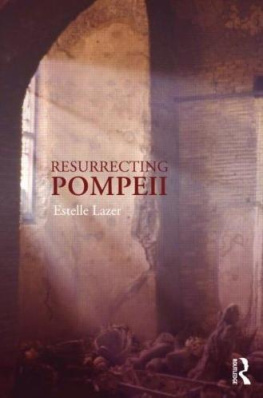
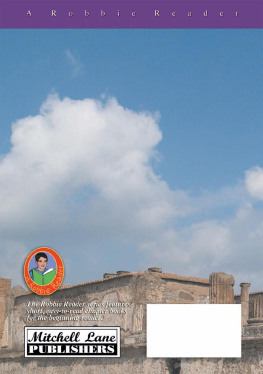

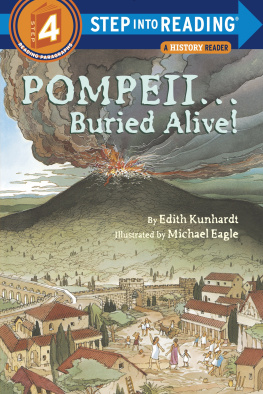
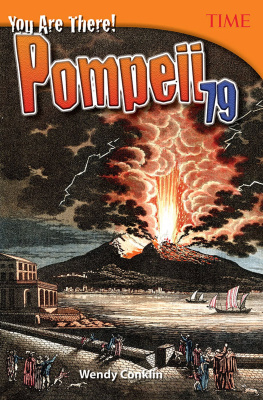
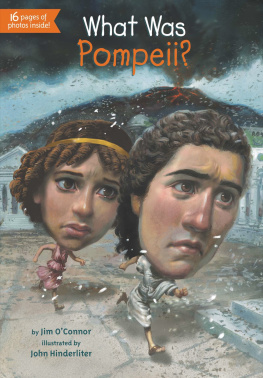
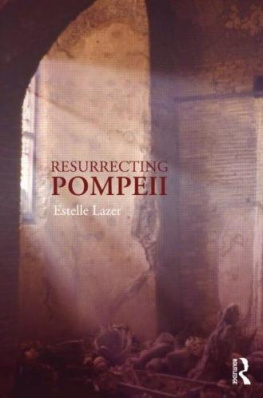





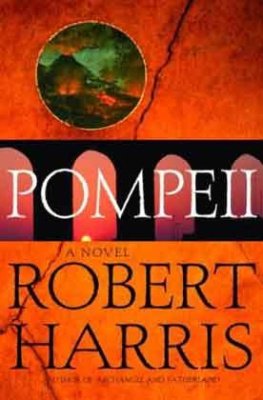
 Frontispiece With apologies to Vesalius adapted from Vesalius first book of the De Humani Corporis Fabrica c. 1543 (Reproduced in Saunders and OMalley, 1982, 85).
Frontispiece With apologies to Vesalius adapted from Vesalius first book of the De Humani Corporis Fabrica c. 1543 (Reproduced in Saunders and OMalley, 1982, 85).